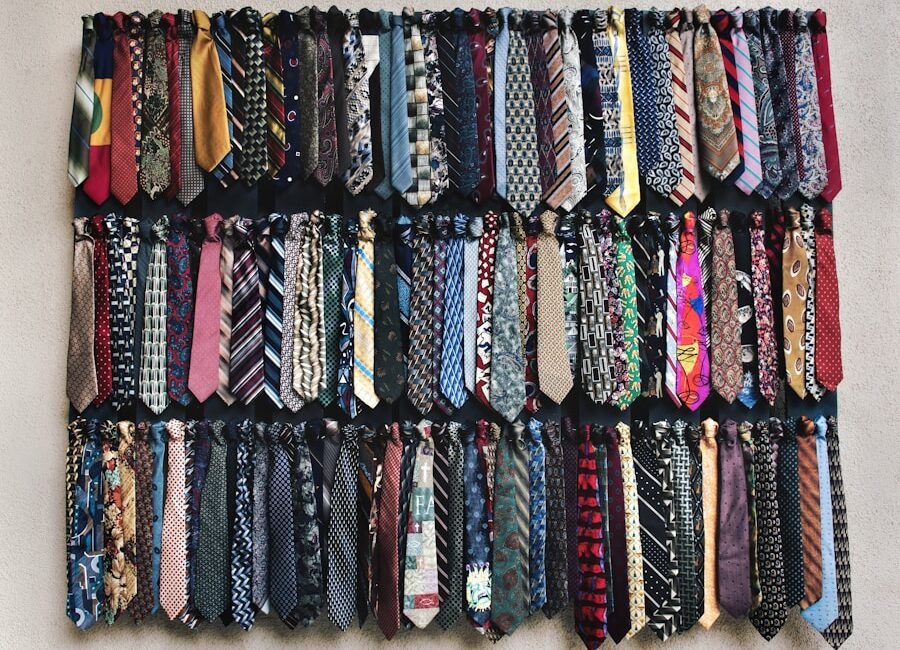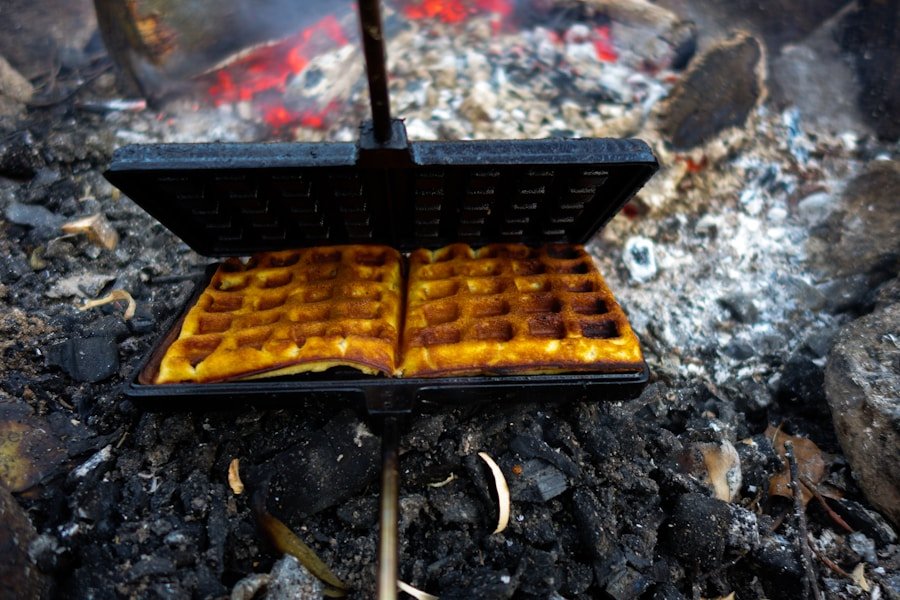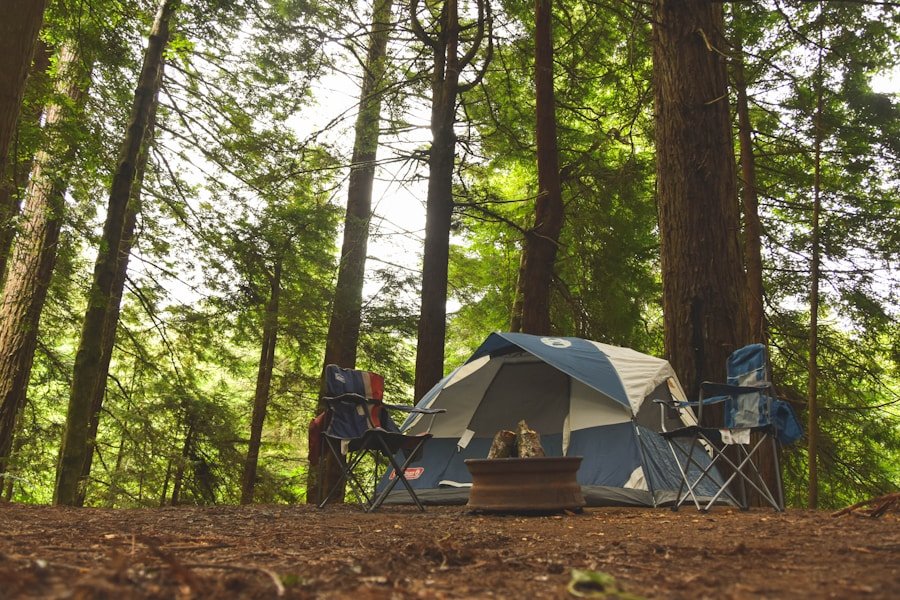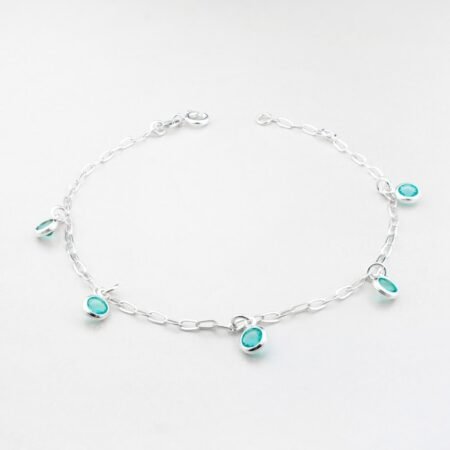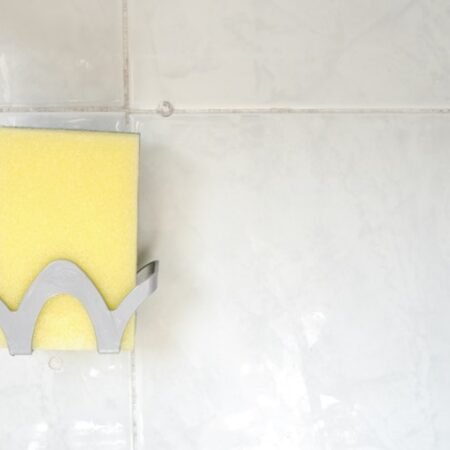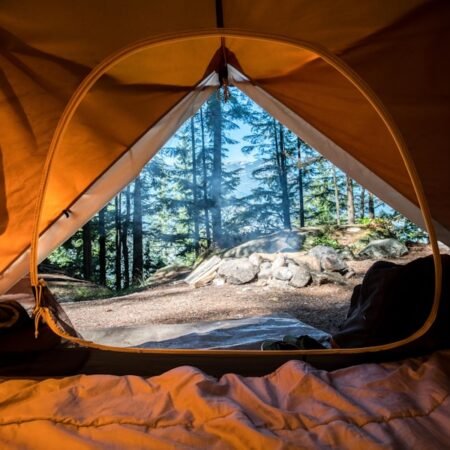Paracord is a vital component in wilderness shelter construction, serving as a reliable means of securing branches and poles together to form a sturdy structure. Its exceptional strength and durability make it an ideal choice for building the framework of a shelter, ensuring it can withstand various environmental factors such as wind, rain, and other elements. Furthermore, paracord can be utilized to create guy lines and anchor points, providing additional stability to the shelter and preventing collapse in adverse conditions.
Beyond traditional shelter building, paracord can also be employed to create innovative and unique structures. For instance, with some creativity and resourcefulness, paracord can be used to construct a hammock or makeshift bed, offering a comfortable and elevated sleeping platform. This can be particularly useful in areas with uneven or rocky terrain, where traditional tents may not be suitable.
By leveraging paracord in this way, campers can enhance their camping experience and enjoy a more comfortable and restful night’s sleep.
Key Takeaways
- Paracord is commonly used in camping for shelter building, securing tarps and tents, creating bear bags for food storage, emergency repairs, and making survival bracelets.
- When building a shelter, paracord can be used to tie together branches and create a sturdy structure.
- Securing tarps and tents with paracord can help protect against wind and rain, ensuring a more comfortable camping experience.
- Creating bear bags with paracord can keep food safely out of reach from wildlife, preventing potential dangerous encounters.
- Paracord is also useful for emergency repairs, such as fixing broken equipment or securing items in a pinch.
Securing Tarps and Tents
Another common use for paracord in camping is securing tarps and tents. When setting up camp, it’s important to ensure that your shelter is properly secured and anchored to the ground to prevent it from being blown away by strong winds or other adverse weather conditions. Paracord can be used to tie down the corners of a tarp or tent, providing a secure and reliable anchor point that will keep your shelter in place.
Additionally, paracord can be used to create tension lines, ensuring that the tarp or tent remains taut and stable, even in windy conditions. This is especially important for campers who are setting up camp in exposed or open areas, where the risk of strong winds is higher. Furthermore, paracord can also be used to repair damaged or torn tarps and tents.
In the event that your shelter becomes damaged during your camping trip, paracord can be used to patch up any holes or tears, ensuring that your shelter remains functional and effective. By using paracord in this way, campers can extend the lifespan of their gear and avoid the need to replace damaged equipment, saving time and money in the long run.
Creating Bear Bags for Food Storage
When camping in bear country, it’s important to store food and other scented items in a way that prevents them from attracting wildlife. One common method for doing this is by hanging bear bags from trees, keeping food out of reach of bears and other animals. Paracord is an ideal material for creating bear bags, as it is strong enough to support the weight of food and other supplies while also being resistant to damage from wildlife.
By using paracord to hang bear bags, campers can protect their food from being stolen or damaged by animals, ensuring that they have an adequate food supply for the duration of their trip. In addition to hanging bear bags, paracord can also be used to create other types of food storage solutions, such as makeshift shelves or racks for storing food off the ground. This can be especially useful in areas where there are limited options for hanging bear bags, allowing campers to keep their food safe and secure without relying on traditional methods of food storage.
Emergency Repairs
| Common Uses for Paracord in Camping |
|---|
| Building shelters |
| Tying down tarps or tents |
| Crafting survival bracelets |
| Hanging food or gear out of reach of animals |
| Creating makeshift clotheslines |
| Repairing gear or equipment |
| Securing items to backpacks |
In the event of gear failure or damage during a camping trip, paracord can be a lifesaver. Its strength and durability make it an ideal material for making emergency repairs to tents, backpacks, clothing, and other essential gear. Whether you need to patch up a tear in your tent, replace a broken shoelace, or repair a damaged backpack strap, paracord can be used to quickly and effectively fix the problem, allowing you to continue with your trip without having to worry about gear failure.
Furthermore, paracord can also be used to create makeshift splints or braces for treating injuries in the wilderness. In the event of a sprain or fracture, paracord can be used to immobilize the affected limb, providing temporary support and stability until proper medical attention can be sought. By using paracord in this way, campers can effectively manage injuries and prevent them from worsening while waiting for help to arrive.
Making Survival Bracelets
Survival bracelets are a popular accessory among outdoor enthusiasts, as they provide a convenient way to carry a length of paracord at all times. In addition to being a stylish accessory, survival bracelets can also serve as a valuable survival tool in emergency situations. In the event of an unexpected emergency or survival situation, the paracord from a survival bracelet can be unraveled and used for a variety of purposes, such as building shelters, creating makeshift fishing lines, or fashioning tourniquets for treating injuries.
Furthermore, survival bracelets can also be used as a signaling device in emergency situations. By unraveling the paracord and using it to create a visual signal or distress call, campers can attract the attention of potential rescuers and increase their chances of being found quickly. This makes survival bracelets a valuable addition to any camper’s gear, providing both practical utility and potential lifesaving capabilities in emergency situations.
Crafting Campsite Accessories
Paracord is a versatile material that can be used to create a wide range of campsite accessories. From keychains and lanyards to water bottle holders and knife sheaths, paracord can be used to craft a variety of useful items that can enhance the camping experience. By using paracord to create these accessories, campers can customize their gear to suit their specific needs and preferences, adding a personal touch to their camping setup.
In addition to practical accessories, paracord can also be used to create decorative items that add flair and personality to the campsite. For example, paracord can be woven into intricate patterns to create decorative wall hangings or plant hangers, adding a touch of style and creativity to the campsite. By using paracord in this way, campers can personalize their camping experience and create a more inviting and comfortable environment in the great outdoors.
First Aid and Medical Uses
Paracord can also be used for various first aid and medical purposes while camping. In addition to creating makeshift splints and braces for treating injuries, paracord can also be used as a tourniquet for controlling severe bleeding in emergency situations. By applying pressure to the affected limb with a length of paracord, campers can effectively stem the flow of blood and prevent further injury until proper medical attention can be obtained.
Furthermore, paracord can also be used to create slings and bandages for treating minor injuries such as sprains, strains, and cuts. By using paracord in this way, campers can effectively manage minor medical issues while out in the wilderness, ensuring that they can continue with their trip without being hindered by minor injuries. In conclusion, paracord is an incredibly versatile and useful tool for camping.
From shelter building and securing tarps and tents to creating bear bags for food storage and making survival bracelets, there are countless ways that paracord can enhance the camping experience. Additionally, its strength and durability make it an invaluable resource for emergency repairs and first aid purposes while camping. Whether you’re an experienced outdoor enthusiast or new to camping, having a supply of paracord on hand is essential for ensuring a safe and enjoyable camping trip.
With its wide range of uses and practical applications, paracord is truly a must-have item for any camper venturing into the great outdoors.
FAQs
What is paracord?
Paracord, short for parachute cord, is a lightweight nylon rope originally used in the suspension lines of parachutes. It is known for its strength and versatility, making it a popular tool for outdoor activities such as camping.
What are some common uses for paracord in camping?
Paracord has many practical uses in camping, including setting up tarps and tents, creating makeshift clotheslines, securing gear, making emergency repairs, and even crafting survival bracelets or keychains.
How strong is paracord?
Paracord is known for its strength, with a typical 550 paracord having a minimum breaking strength of 550 pounds. This makes it a reliable tool for various camping and survival situations.
What should I look for when buying paracord for camping?
When purchasing paracord for camping, it’s important to look for genuine 550 paracord, which is the most common and versatile type. It should also be made of nylon and have seven inner strands for maximum strength and durability.
Can paracord be used for first aid in camping?
Yes, paracord can be used for first aid in camping situations. It can be used to create tourniquets, splints, or slings in emergency situations where medical supplies may be limited. However, it’s important to have proper first aid training before using paracord in this way.


